The Rajapalayam dog, an ancient and majestic breed hailing from southern India, is celebrated for its striking appearance and loyal nature. Known for its sleek …
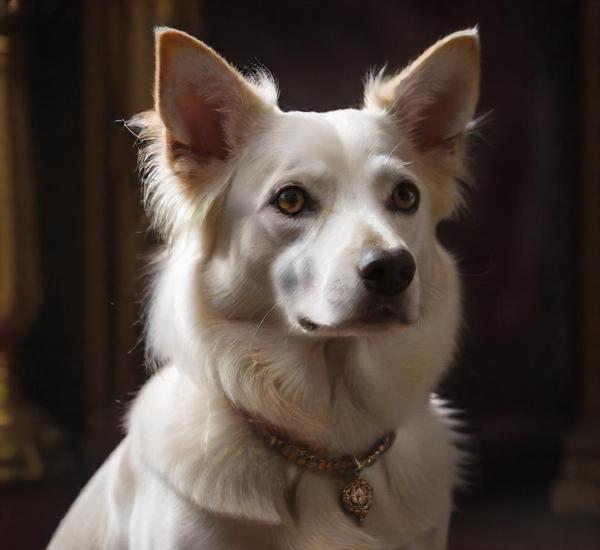
Happy Paws: All About Dogs

The Rajapalayam dog, an ancient and majestic breed hailing from southern India, is celebrated for its striking appearance and loyal nature. Known for its sleek …
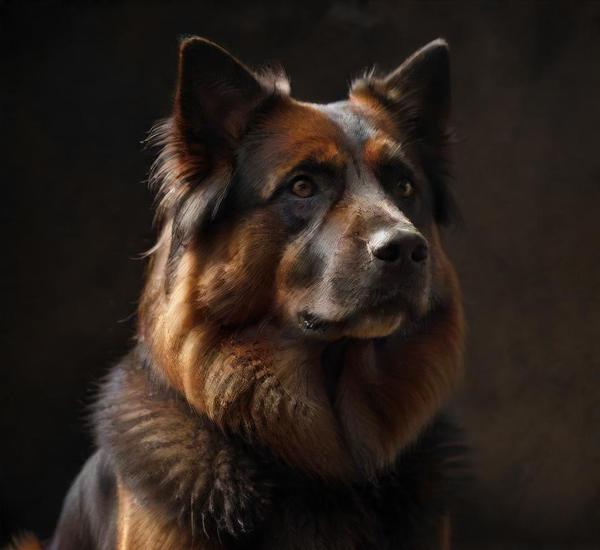
The Armenian Gampr is a striking testament to the rich cultural heritage of Armenia, known for its resilience, loyalty, and commanding presence. This ancient breed, …
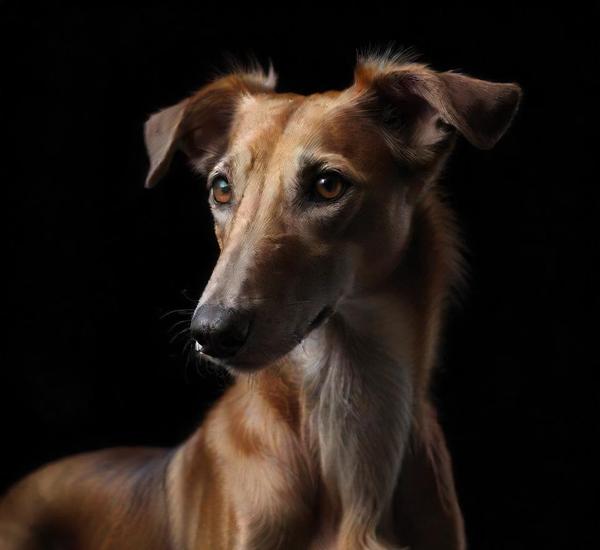
The Saluki, often hailed as one of the oldest dog breeds in existence, is a breed that embodies both elegance and athleticism. Known for its …
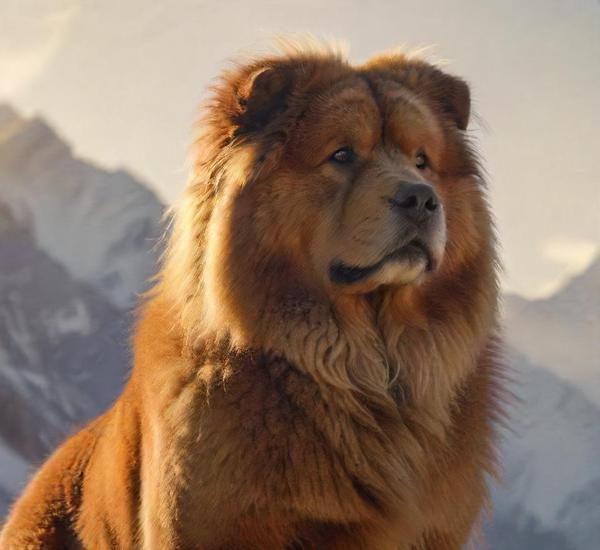
The Tibetan Mastiff, a majestic and ancient breed, has captured the admiration of dog lovers worldwide with its impressive size and striking presence. Originating from …
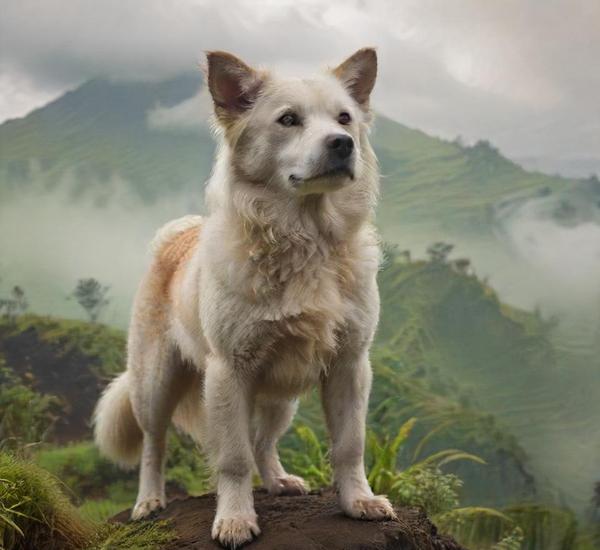
The Kintamani dog breed, native to the picturesque highlands of Bali, Indonesia, is a unique and enchanting canine variety that has captured the hearts of …
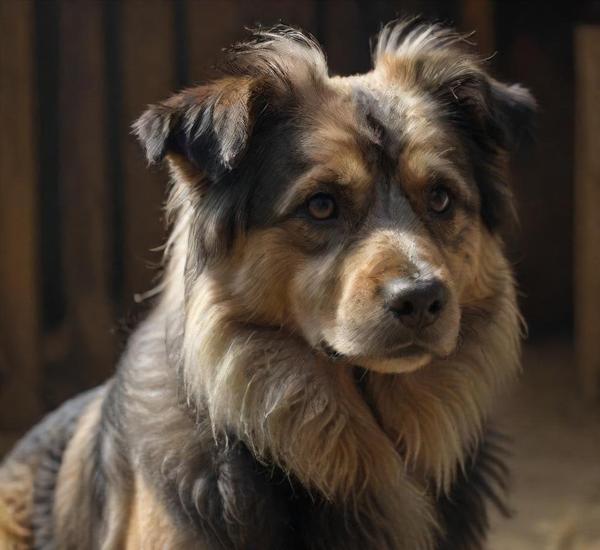
The Zerdava, a relatively rare and enigmatic breed, is quickly gaining recognition among canine enthusiasts for its distinctive qualities and captivating history. Originating from the …
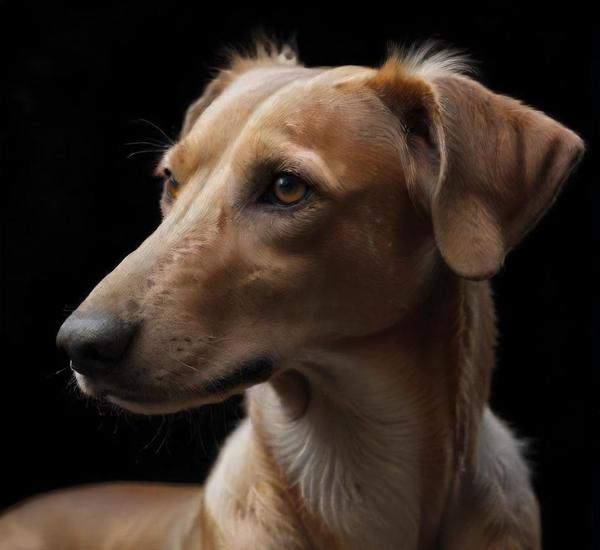
The Mudhol Hound, an elegant and agile breed hailing from India, embodies a rich legacy of hunting prowess and noble lineage. Renowned for its speed …
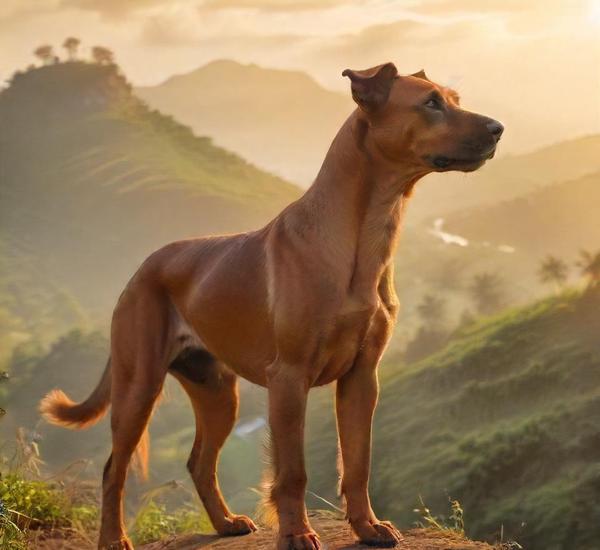
The Phu Quoc Ridgeback, a rare and distinctive breed originating from Vietnam, captures the imagination of dog enthusiasts with its unique appearance and storied history. …
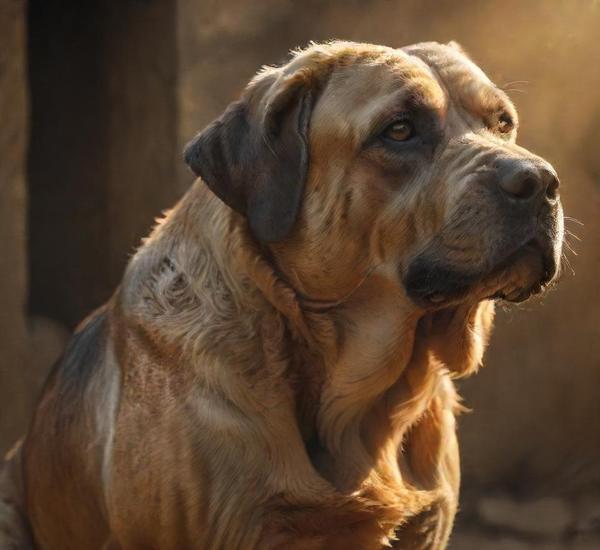
The Bully Kutta, often referred to as the Indian Mastiff, is a striking and formidable breed known for its imposing presence and unwavering loyalty. Originating …

Welcome to our comprehensive guide on the Shiba Inu, a captivating breed that has captured the hearts of dog lovers worldwide. Known for their spirited …